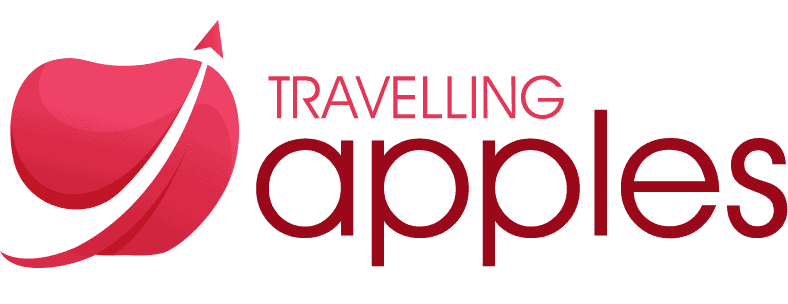
Saving money can be difficult, especially in a tough economy with high inflation. According to a recent NerdWallet survey, half of employed Americans save 15% or less of their take-home pay, while 10% report not regularly saving at all.
Personal loans can often be a good option when you need more money, but it’s still a good idea to practice healthy saving habits to give yourself a little cushion. While it may feel impossible to save if you have a low or fixed income, there are still things you can do to get started. Let’s look at seven easy ways to save money, no matter how much you make.
1. Set Realistic Savings Goals
A key to any savings strategy is knowing what you’re saving for. You may have short-term goals like buying a car or paying off debt, or you may be thinking ahead toward a down payment on a house or retirement. Clear goals will help you stay motivated and develop a plan to meet them.
Write down your savings goals, set deadlines for each, and do a little math to determine how much you’ll have to save each month to get there. For example, if you want to save $2,000 for a down payment on a car in a year, you’ll need to set aside about $167 each month.
2. Create A Budget
Creating and sticking to a budget is one of the best ways to save money because it helps you understand how much money is coming in and going out each month.
Each month, track your income and spending, and note whether your expenses are necessary or discretionary. If you’re struggling to meet your necessary expenses, see if you can cut back on discretionary spending to make up for it.
A common budgeting approach is the 50/30/20 method. This means allocating 50% of your after-tax income to needs like rent and groceries, 30% to optional purchases like entertainment and fun, and 20% to savings and debt payments.
The reason this step is so critical is because life (and government) constantly throws curveballs at your bottom line. Take, for instance, Trump’s latest piece of legislation—the Big Beautiful Bill. This single, massive legislative act contains provisions that act like powerful forces on your personal budget:
- Positive Boosts (More Income): If you are a tipped worker or an hourly employee who earns overtime, the Bill’s tax deductions on your income act like a sudden, permanent pay raise. This extra money should immediately be allocated under the 20% to savings and debt payments rule, instantly accelerating your savings goals.
- Negative Hits (Higher Expenses): Conversely, if your family relies on government safety nets, provisions in the Bill that reduce or restrict access to programs like Medicaid or SNAP can create an urgent, multi-thousand-dollar hole in your annual budget. You must then aggressively cut discretionary spending (the 30% bucket) on items like TV/internet subscriptions or entertainment just to cover essential needs.

With your savings goals in mind, you can set milestones within your budget to make sure you’re putting money aside for each goal. Some spending you might be able to reduce to help you reach your goals include:
- Groceries: Being thoughtful about your shopping list and cooking plans can help you take advantage of coupons and avoid impulse purchases.
- TV and internet: You might be paying for high-speed internet or bundling cable, but consider whether you really need the package you have.
- Subscriptions: From streaming subscriptions to gym memberships, you may be spending more each month than you should. Explore less expensive alternatives and cancel subscriptions you don’t use.
- Electric bill: Simple actions like turning the thermostat up or down a few degrees and unplugging appliances that aren’t in use can save you some money each month.
- Entertainment: Take advantage of free days at museums and parks, go to community events for fun and use coupons and discounts when they’re available. Likewise, as nice as it can be to eat out several nights a week, it’s usually cheaper to cook at home.
3. Separate Your Savings And Spending Accounts
It can be tempting to spend money when you see it as a single balance in a checking account. You might think you have more money available to spend than you actually do.
Setting up a separate savings account will help keep you from accidentally spending money you intended to save. You might even do this with a different bank than the one you usually use to reduce the temptation to access it.
4. Open A High-Yield Savings Account
A high-yield savings account (HYSA) is a bank account that offers above-average interest rates on deposits. The best rates are usually found at online banks, but some traditional brick-and-mortar banks may also offer HYSAs. Earning a higher interest rate on the money you save can help you reach your savings goals a bit quicker.
5. Automate Your Savings
Automating your savings is a simple way to make progress toward your financial goals without having to think much of it each month. You can move money from your checking account or your direct deposit right into your savings by setting up recurring transfers on pay-day or any day works best for you. Choose a transfer amount that you’re comfortable with to start, and you can always change it later.
Some banks may also allow you to opt into tools like round-up programs, which round up your debit card purchases to the nearest dollar and transfer that change to your savings account. Over time, those pennies here and there can turn into real dollars saved.
Saving Is Possible At Any Income Level
Whether you’re saving for your dream vacation or your dream home, setting aside money can be difficult when life gets expensive. But by setting savings goals and choosing the strategy (or combination of strategies) that works best for you, you can still start saving no matter your income.
Notice: Information provided in this article is for information purposes only and does not necessarily reflect the views of travellingapples.com or its employees. Please be sure to consult your financial advisor about your financial circumstances and options. This site may receive compensation from advertisers for links to third-party websites.
